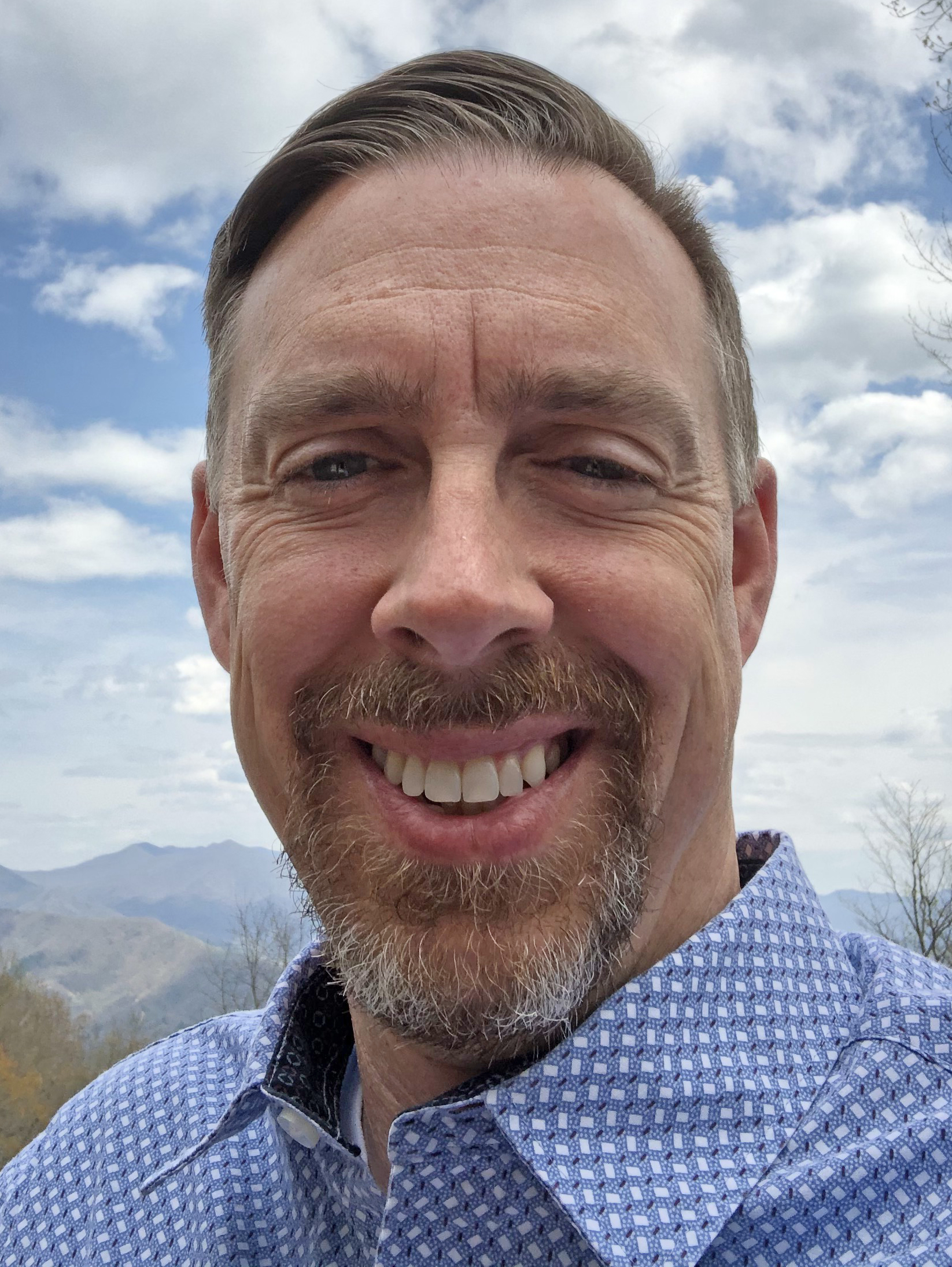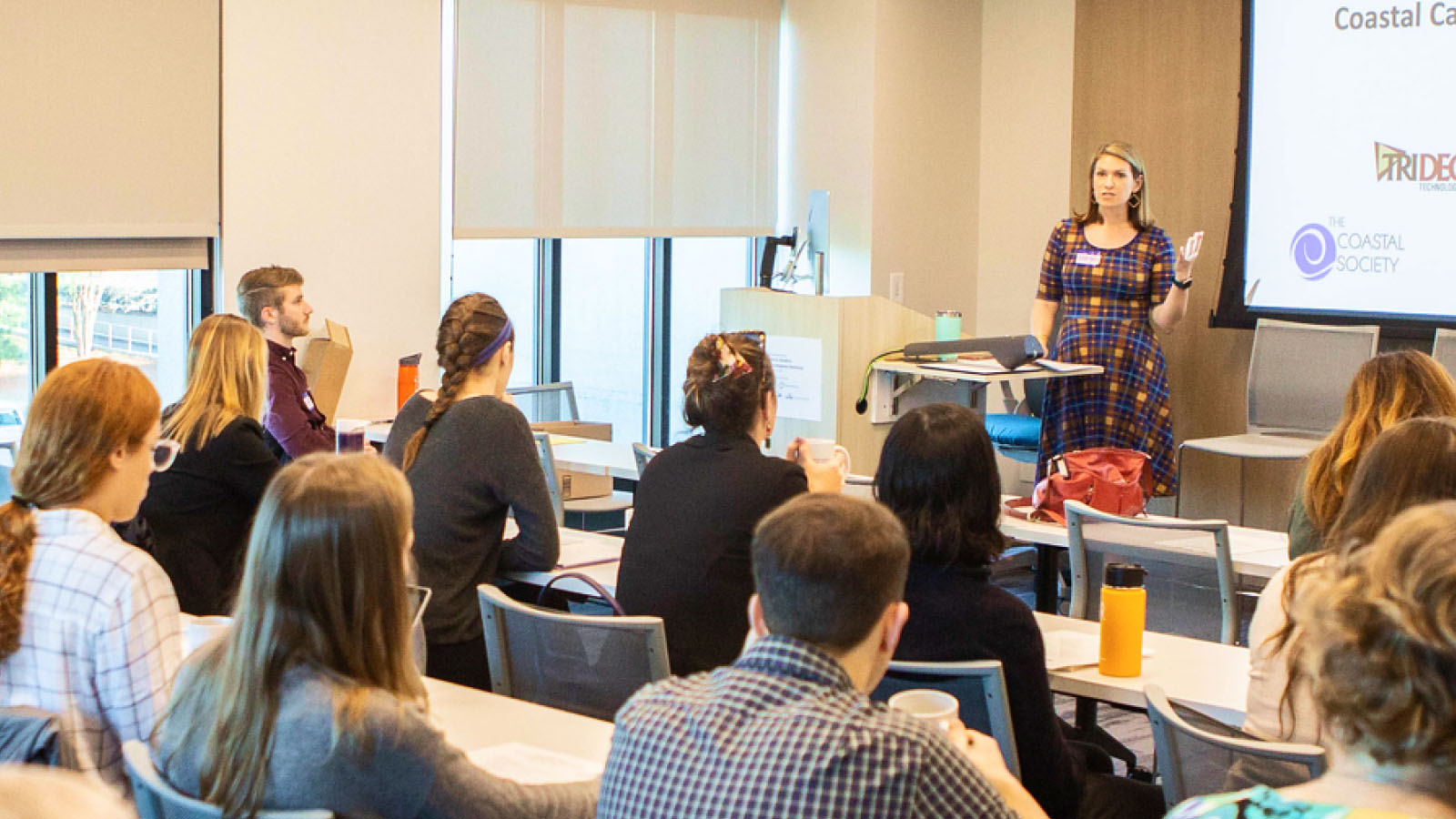The Takeaway: Using an Environmental Impact Bond to finance community resilience projects.
Overview
Hampton, Virginia’s Resiliency Officer, David Imburgia, led the development of Virginia's first ever Environmental Impact Bond to help finance community resilience projects. The bond enables impact investors to support innovative projects that provide resilience outcomes for a community. The Environmental Impact Bond was designed to finance projects that will reduce stormwater runoff and provide multiple layered public benefits to the community.

Lessons Learned
- Engaging a knowledgeable partner like Quantified Ventures, which provided a simple and clear explanation of Environmental Impact Bonds (EIBs), the benefits, and examples, was critical. These bonds are new approaches for communities. It can be challenging to bring something so different to city council and city finance, and ask them to support an approach they don’t quite understand. You’ll need to include city financial advisors and others early and often in the process to gain trust that Environmental Impact Bonds are a good thing.
- It’s important that your project lead is respected and trusted in the community. David has the trust of city council because he has spent years building relationships, and has encouraged and supported other innovative efforts. This trust enabled open conversations between Quantified Ventures and city financial advisors, and helped the council be confident in the approach recommended.
- It’s helpful to communicate project ideas to non-traditional partners—such as local hospitals, transportation departments, and conservation organizations—that may benefit from the project outcomes. The proposed projects in Hampton will not only store and clean stormwater runoff, but will also provide health benefits, recreation, and improved roadways. Articulating these multiple benefits can help generate additional support and funding.
- It’s essential to clearly articulate goals and anticipated outcomes, and to monitor whether outcomes are achieved. This helps attract investors, demonstrate accountability to taxpayers, and provide information on the effectiveness of the project for future use.
The Process
In 2015, Hampton, Virginia, initiated a flood resiliency effort and worked across the coastal region with Norfolk, Virginia Beach, and the Hampton Roads Planning District Commission to elevate coastal resiliency as a regional priority. The communities hosted a Dutch Dialogue conversation to help the region think about water management—and how to “live with water.” Hampton wanted to not only “live with water,” but to actually implement projects on the ground that would provide multiple benefits to the community.
David Imburgia, Hampton’s Resiliency Officer, didn’t want the plan to just sit on the shelf. He wanted to implement pilot projects that would advance the plan, provide multiple benefits, and demonstrate success. He wanted those projects to be evaluated to make sure they were performing as expected and providing meaningful community outcomes. However, David knew that they didn’t have a lot of money to implement new large-scale projects, so they needed to be creative. David connected with The Chesapeake Bay Foundation, a local independent conservation organization, which introduced the idea of pursuing an Environmental Impact Bond (EIB). These bonds push the envelope further than common green bonds by predicting, evaluating, and disclosing actual outcomes of funded projects.
David anticipated that the community members would be interested in not only managing stormwater and reducing flooding, but also in creating important community spaces. He also realized that people might be willing to invest in the community to ensure the project impacts provide a diversity of resilience benefits.
With these ideas in hand, and with help from the Chesapeake Bay Foundation, David started building partnerships and making connections with people and entities who could help. The Chesapeake Bay Foundation introduced David to Quantified Ventures, an outcomes-based capital firm dedicated to health, social, and environmental impacts. The foundation also provided David with a grant to work with Quantified Ventures to create a financing approach for supporting Hampton’s resilience projects. Quantified Ventures helped David understand an emerging market of investors who want to invest in projects that have a broader resilience impact in their community, and that this investment can be done through an Environmental Impact Bond, which allows individuals or entities to invest in specific community outcomes, and monitor the performance of the projects providing these benefits. An Environmental Impact Bond is like a standard municipal bond, with a twist. In addition to the typical financial commitments a city makes in a bond, the city also rigorously predicts, evaluates, and discloses actual project outcomes accomplished by the financed projects. (Some Environmental Impact Bonds may alter the bond’s interest rates based on evaluated outcomes, although Hampton’s bond did not have this option.)
David and the Hampton team worked with Quantified Ventures to start designing the Environmental Impact Bond. They first worked to identify the outcomes Hampton could quantify as a measure of enhanced community resilience. Ultimately, the chosen Environmental Impact Bond outcome metric was the gallons of stormwater runoff the projects could absorb. Hampton hired engineers who could help design projects, predict the amount of stormwater runoff storage they would provide, and validate the post-implementation evaluation methodology.
Creating this Environmental Impact Bond allowed Hampton to attract new types of investors, signal to the community that taxpayer dollars are being put to good use, and signal to other municipalities that this is a good thing to do—measuring your outcomes and using the data to guide your investments. It provides accountability. “To find these investors, you have to call them!" said David. "Big foundations with big names and money are a good place to start.”
Proposed Nature-Based Projects
The initial projects Hampton prioritized for the Environmental Impact Bond are in Newmarket Creek Basin, which runs right through the city. Projects completed in the basin will have positive impacts on low- to moderate-income neighborhoods and will be visible to the rest of the community. Hampton evaluated opportunities across the entire basin, and after hosting several community workshops and meetings to get input, designed a series of nature-based projects and renderings. The projects represented multiple locations throughout the basin, so that if they worked well, they could be easily replicated in other neighborhoods. Projects included retrofitting standard ditches into linear stormwater parks and looking at how roads, greenways, and public parking lots are constructed to provide multiple benefits and improve stormwater management.
[Side Note: Stormwater fees are typically used to help implement stormwater runoff projects, but some non-stormwater elements of these projects may not be eligible for this source of funding. Environmental Impact Bonds can cover a broader array of public benefits because they are designed around outcomes.]
David and the Hampton team shared project renderings with other potential partners who would benefit from the anticipated outcomes, such as open space and reduced flooding. He had conversations with the local hospital about health benefits resulting from projects, focused on improved roadwater conditions with the Department of Transportation, and discussed multi-use greenway projects with the Department of Conservation and Recreation. These connections formed important partnerships that helped provide additional project funding and ways to measure additional outcomes, including how many people use the greenways, decreases in health issues, and photo metrics for habitat creation.
The rendering above left is of Big Bethel Blueway, a linear stormwater park designed to slow, store, and improve water quality using green infrastructure. It is replicable within existing easements. The rendering above right shows a resilient street design to elevate a major street, North Armistead Avenue, and add green infrastructure to store and treat runoff. It can be replicated to other streets and contributes to the treatment train to Lake Hampton. (Credit: Waggonner & Ball)
Outcome
David and partners worked for about 18 months to put a package together to authorize the Environmental Impact Bond. The project renderings created for Newmarket Creek were used to show city council before and after pictures of the proposed projects.
The Environmental Impact Bond was approved by city council in 2020—the first ever bond of its kind in Virginia, with over $12 million in innovative, outcomes-based financing!
Next Steps
The $12 million Environmental Impact Bond funds flood mitigation and climate resilience projects in low- and moderate-income communities. After project implementation, the city will measure and report out on the number of stormwater storage gallons the projects added to the urban watershed. By comparing the collected data to pre-implementation predictions, the city will be aided in planning future investments in nature-based solutions. This innovative financing model also allowed the city, through the transparent quantification of project impacts, to attract a new set of environmentally-oriented investors to fund their ongoing efforts to build community resilience.
